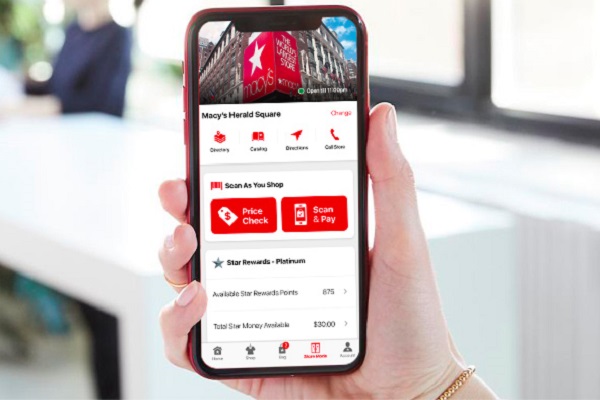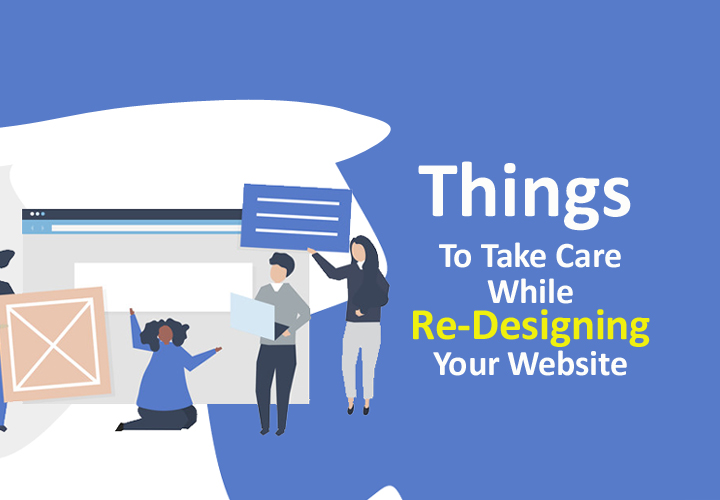Some businesses were astute enough to seize this opportunity and adapt in these trying times to cater to the changing needs of their customers in a safe and secure manner, and made the transition to the online mode, venturing into the e-commerce business. If you are one of the business owners who believe that switching to e-commerce will be beneficial to your company, you should get in touch with the best e-commerce website design company so that you can get an online presence that is tailored to your business model.
PECS, a top e-commerce website designing company in India, has provided some pointers to incorporate into your e-commerce website to reel in maximum conversions.
1. Keep it Simple
One of the most important rules to remember during the e-commerce design process is “KISS”—keep it simple, stupid!
When it comes to designing an e-commerce website, less is more. The more elements on the page (colors! banner ads! ALL THE POP-UPS! ), the more it detracts from the entire purpose of the website—closing a sale. You don’t need a lot of bells and whistles on your e-commerce website; they only serve as a distraction. Maintain a clear, clean, and simple design while focusing on the sale.
2. Make Certain that your Product Information is Correct.
Whatever your visitors and customers came to your website to do, make certain that you only provide accurate information. This can include things like:
- Inventory/warehouse levels
- Product Specifications
- Product photography, videos, and other media
- Pricing
3. Use High-Quality Images
It is common knowledge in the world of web design that images increase conversions (for example, one recent case study showed that incorporating more relevant images into a website design increased conversions by over 40 percent ). This is especially true in the case of ecommerce. Nobody is going to buy something they haven’t seen. If you want people to buy your products, you must show them what they’re getting through high-quality product images.
Having professional images of all your products (and images of your products from multiple angles) goes a long way toward instilling confidence and trust in your customers. They are more likely to buy if they are confident that they know what they are doing. However, if there are no images of the product they want to buy (or only a single, low-quality image), they will be more hesitant to purchase—and your conversions will suffer as a result.
Make sure you have a lot of high-quality images of whatever you’re selling on your ecommerce site. Your conversions will be appreciated.
4. Site Speed
Amazon calculated that if their site took just a second longer to load, they would lose $1.6 billion in annual sales revenue. According to recent research, 40% of users will abandon a website if it takes more than 3 seconds to load. With more options than ever before, the online consumer is fickle and impatient.
If you keep them waiting for even a second longer, they may leave your site without making a purchase. As a result, it is critical that your website loads quickly.
5. Use Social Proof
Another way to foster that all-important trust? Social evidence.
Look for ways to show your potential customers the positive feedback you’ve received from your existing customers when designing your ecommerce site. Include a ratings section where customers can rate your products (and then get as many 5 star reviews as you can). Add a testimonials section with customer photos and a quote or two about how much fun they had working with you. Customers can review your products and tell you what they like about them, which you can then post on your blog. The more visitors to your website see that other people have had a positive experience shopping on your site (whether through reviews or testimonials), the more trustworthy you’ll appear—and the higher your conversions will be as a result.
6. Start Blogging
Of course, it is not required to blog. There are well-established players in online retail who don’t need to blog. However, if your ecommerce business isn’t where you want it to be and you want to increase traffic and sales, blogging could be the difference.
There are several reasons for this, including:
1. You are appealing to long-tail keyword searches. Consider search terms like ‘What type of running shoe should I buy?’ Where can your customer find this information if they are looking for it? Be the location where they can find it. Consider the key questions that your target audience is looking for answers to from the start of their purchasing journey to the end.
2. The content will aid in conversion. You are more likely to convert if you have content on your site that helps to answer questions the consumer may have. In the preceding example, perhaps the user was looking to purchase a pair of ASICS runners. They are unable to make a decision because they do not know what type of ASICS to purchase. This usually results in abandoning the site and deferring the purchase to a later date. However, having the article on your site allows them to make their decision while they are on your site.
Conclusion: Wrapping Things Up
Designing an ecommerce website can be difficult, but now Planet E-Com Solutions help you in learn the top web design tips for your e-commerce site, you’ll have everything you need to create a site that not only looks great, but converts like crazy.
Related Posts

The latest Android 12 update is out, and here’s what you need to know
Android 12 is here! Each year, Google releases a major software update to its Android mobile OS.In 2020, it rolled…

Things To Take Care While Re-Designing Your Website
Your website is your business tool. It is a sales pitch, a display for products/services, a business card, a listing,…

Behind the Scenes – Exploring the Secrets of Successful App Development Companies
In today's digital age, where smartphones have become an indispensable part of our lives, the demand for innovative mobile applications…
